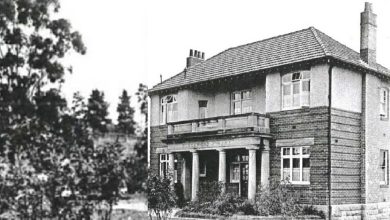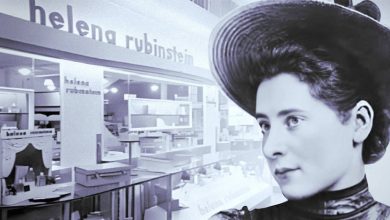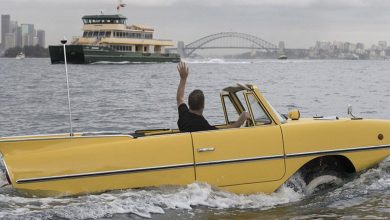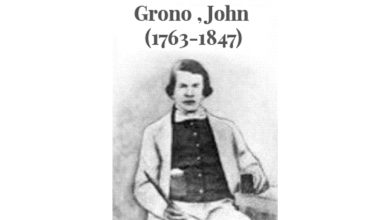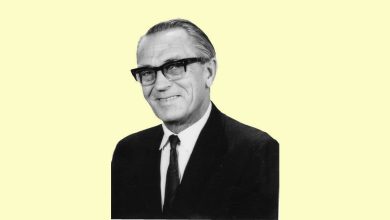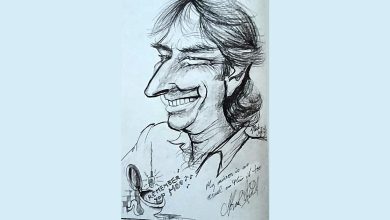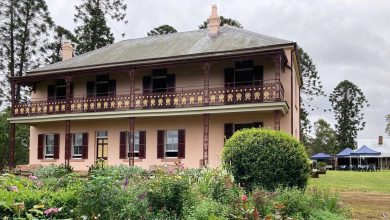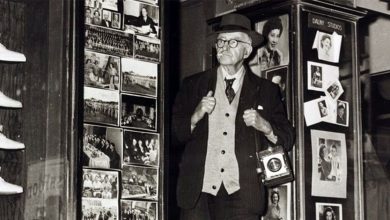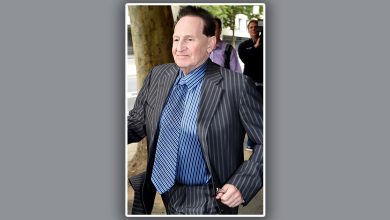REMEMBERING REMEMBRANCE
Recently I took a party of Probians (Members of the Winston Hills-Northmead Combined Probus Club) to the Hills District Historical Society’s Museum at the William Thompson Masonic Schools site at Baulkham Hills.
The group was quite interested in the display at the Museum but also included in the visit was a walk along the Remembrance Avenue behind the Museum building. As the current issue of this publication falls during the Remembrance day period I think it fitting that I make mention of the avenue and the memorial that sits at the end of the avenue of trees
The avenue of three hundred and sixty four trees, planted in 1923 each bearing a plate inscribed with the name and Lodge number of a Mason killed in the Great War (World War 1). These names are now inscribed on the large Memorial that sits at the Seven Hills Rd end of the driveway. The Memorial is a wonderful piece of art which, when admired from a distance along the driveway, forms the outline of a World War I Digger.
The Masonic School itself was established as memorial to the fallen Masons. The foundation stone was laid in February 1922 and the school was officially opened on Remembrance Day (11th November) of that year – 97 years ago.
The school was named for William Thompson who, apart from being a Freemason, was also an architect and a Parliamentarian. At the time the property, which cost 4,500 Pounds, consisted of 168 acres which was described as a “run down dairy farm”. The property had once been owned by pioneer and former convict George Best who had been granted 30 acres by Governor John Hunter in December 1796. His land holding by 1828 had increased to 805 acres after acquiring grants from his neighbours. George Best died in 1836 aged 80 years. His farmhouse was demolished in 1922 to enable the creation of the school.
Whilst the school was created as a Memorial to fallen Masons from the First World War it also had military links to the Second World War when it was converted to a Military Hospital in 1942 and served as a hospital for the duration of the war. During its use as a hospital, additional buildings and improvements were added to those already on site. The student dormitories were used as Wards for the hospital and the army had built latrines and improved the sewerage and water system. Further, the military had laid roads within the complex. There was also a swimming pool on site which was later removed and filled in as the nurses complained that the pool was “too cold” for use by staff and patients.
Whilst much reduced in size from its original 168 acres the site is much used by the community by providing sporting and recreational facilities including a skate park, bar-b-ques, dog park, football, cricket and tennis facilities an area for walkers and joggers and also accommodating a number of community groups within the various buildings remaining on site.
Much of the information mentioned above has been provided the Hills District Historical Society which maintains a museum in Building 10 of the Masonic Schools. The museum is generally open on the first and third Saturday of each month between the hours of 12 noon and 4pm (February through to November).

